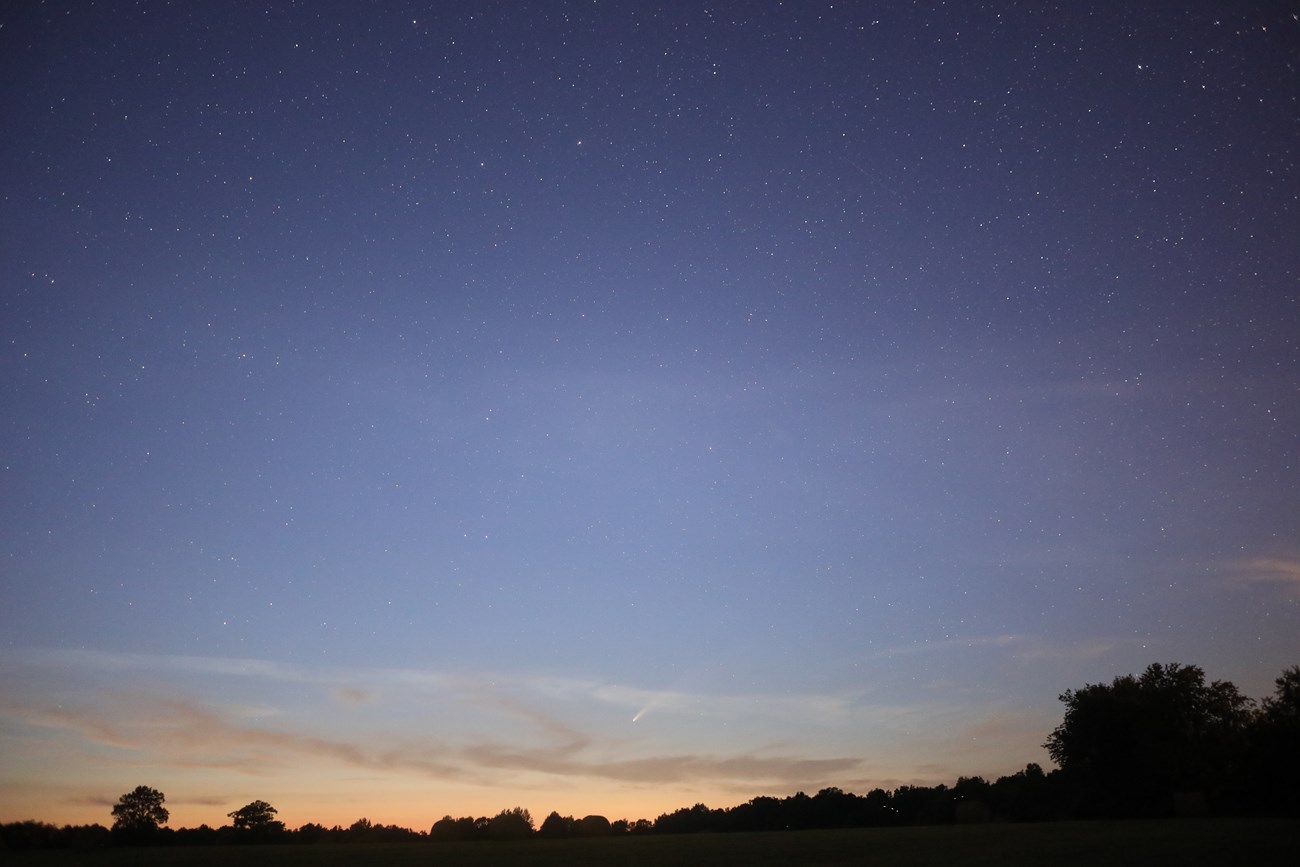
NPS Photo/ David Spence Since prehistoric times, humans have looked up at the night sky and pondered the wonders of the universe. People have used the stars and planets to navigate, keep track of time, and to connect with other cultures. Regardless of your reason, Mammoth Cave National Park provides an ideal place for stargazing. Tips for Stargazing in the Park
Join us for a Night Sky ProgramRanger-led stargazing programs are offered throughout the year to provide an opportunity to experience unfettered views of the starry night and evoke a new appreciation for the park’s dark sky environment. Attendees get to view planets and other night sky delights through telescopes provided by the park. Be sure to check the current ranger-led program schedule for the dates of your visit to the park to see when Night Sky programs are available. Junior Ranger Night ExplorerExplore the starry side of your national parks and become a Junior Ranger Night Explorer. Can you Spot the Station?The International Space Station can often be seen passing overhead by the watchful stargazer. To the naked eye the station usually looks like a bright white dot moving very quickly as it passes without changing direction. It is often the brightest object in the night sky second only to the moon. The tracker below will help you determine when the station is passing over the park. Preserving Dark SkiesThe National Park Service is working to help protect our night skies and reconnect the world to the stars above. An overabundance of artificial light at night can impact not only people but wildlife too. You can help protect our night skies by turning off lights when they are not needed, and by learning more about the dark skies in the park. |
Last updated: August 18, 2023
